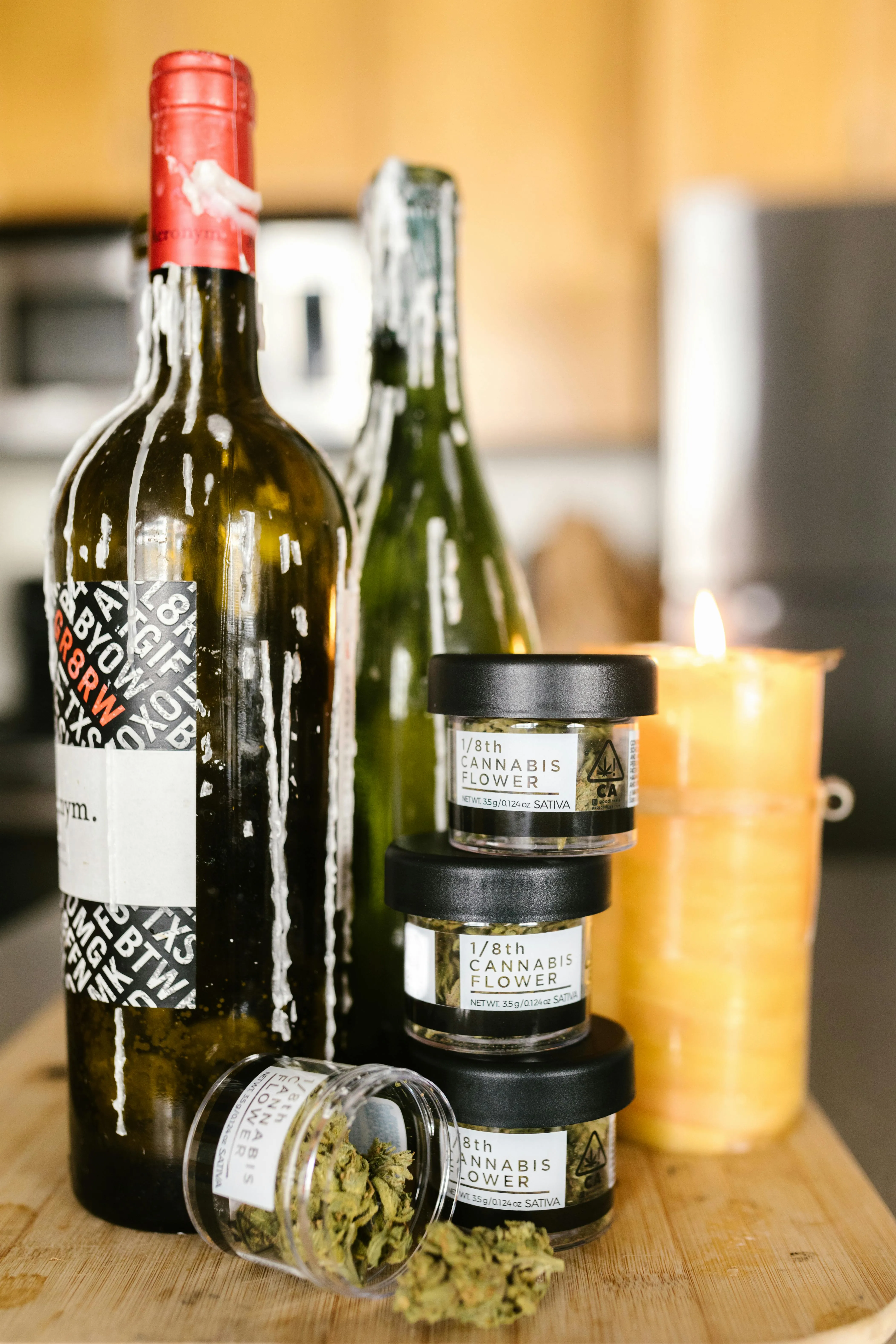Copy Cats: Your Friendly Guide to Finding the Perfect Clone Source
Ever dreamed of creating your own unique plant, but felt intimidated by the complexities of seed starting or grafting? Well, fret no more! Cloning offers a fantastic alternative, allowing you to create genetically identical copies of your favorite plants with surprising ease. But before you grab your scalpel (figuratively speaking!), understanding clone sources is crucial for success.
Think of clone sources as the blueprint for your plant babies. They’re simply parts of an existing plant – be it a stem cutting, a leaf, or even a root – that have the potential to grow into a whole new individual. Choosing the right source can make all the difference in ensuring a thriving clone.
Let’s explore the different types of clone sources and their pros and cons:
1. Stem Cuttings: The OG of cloning, stem cuttings are simply sections of stem removed from the mother plant. They’re ideal for woody plants like shrubs, trees, and some perennials.
* Pros: Relatively easy to take, readily available on many plants, and often have a high success rate.
* Cons: Some plants don’t root well from cuttings (think stubborn roses!), and timing is crucial – taking cuttings at the right stage of growth is key.
2. Leaf Cuttings: This method involves propagating new plants from individual leaves or sections of leaves. Popular for houseplants like African violets and succulents, leaf cuttings offer a unique approach.
* Pros: Can be surprisingly successful even on plants that struggle with stem cuttings.
* Cons: Not all plants respond well to leaf cuttings, and it often takes longer for roots to develop compared to other methods.
3. Root Cuttings: Taking advantage of the plant’s natural ability to regenerate, root cuttings involve snipping sections of healthy roots and encouraging them to sprout new shoots.
* Pros: Works wonders on certain woody plants like lilacs and raspberries.
* Cons: Requires careful selection of healthy root sections and can be a bit more challenging for beginners.
4. Division: For clump-forming plants, dividing the existing plant into smaller sections is a simple and effective way to create clones. Think hostas, irises, and daylilies.
* Pros: Easy and doesn’t require any special equipment.
* Cons: Only works for certain types of plants that naturally grow in clumps.
5. Tissue Culture: This advanced technique involves growing plant cells in a sterile laboratory setting. While highly efficient and capable of producing large numbers of clones, it’s best left to experienced growers or specialized nurseries due to its complexity.
* Pros: Can produce disease-free plants and allows for mass propagation.
* Cons: Requires specialized equipment, knowledge, and a controlled environment.
Choosing the Right Clone Source:
The best clone source for you depends on several factors:
* Plant species: Research which method works best for your desired plant.
* Your experience level: Start with simpler methods like stem cuttings before venturing into more advanced techniques.
* Availability of material: Ensure the mother plant is healthy and vigorous, providing ample material for cloning.
Remember: Patience and attention are key when it comes to cloning.
Creating clones requires a bit of TLC, so be prepared to monitor your cuttings closely, provide proper humidity and light, and resist the urge to overwater! With a little practice and the right clone source, you’ll be well on your way to expanding your plant collection with genetically identical beauties. Happy cloning!